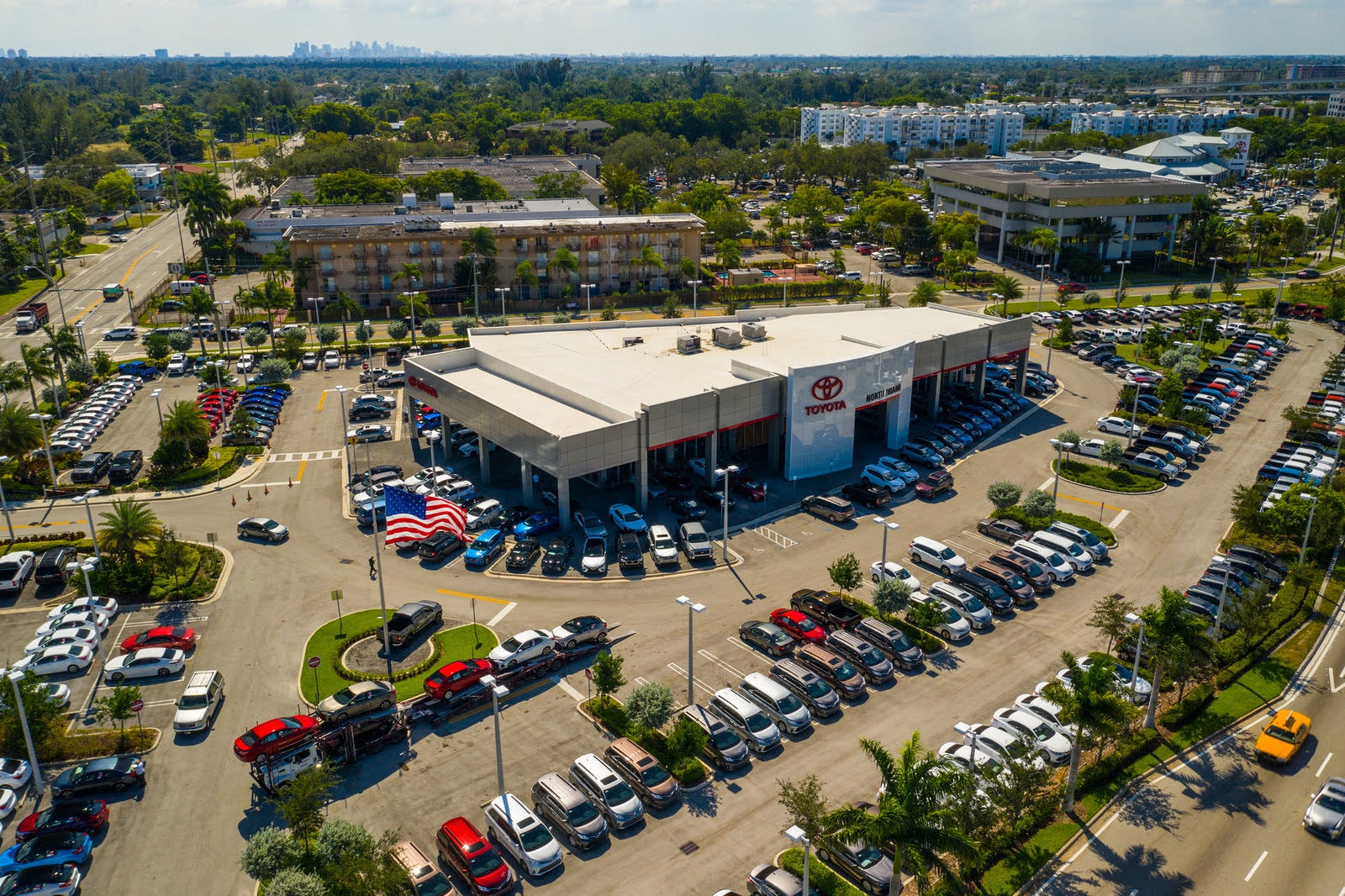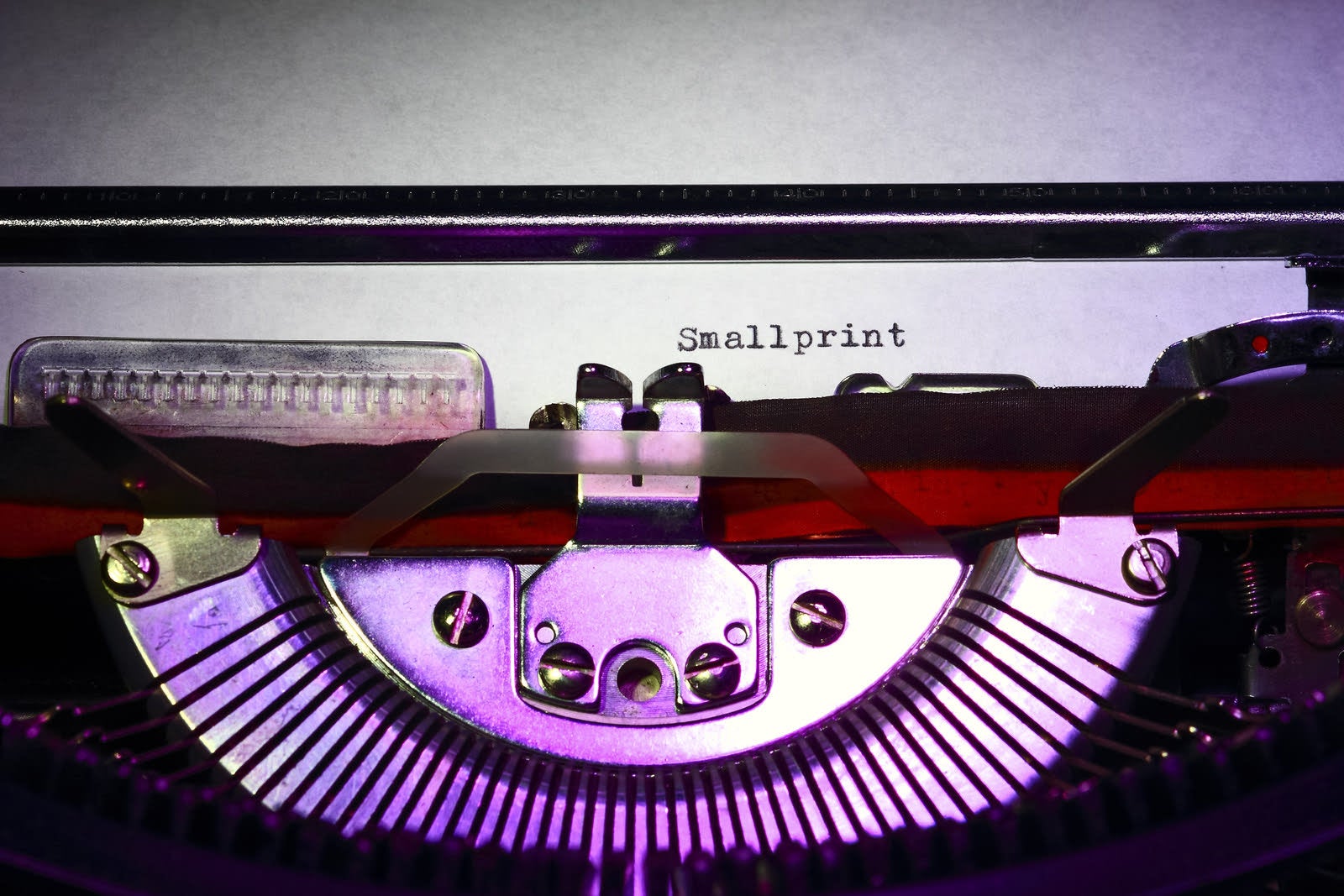Are you buying a new car? Look for the special deals automakers sometimes offer on specific models and trims. Certain shoppers can also qualify for special deals. These incentives take the form of cash rebates, special financing rates, and attractive lease terms. A little research on available rates can help you save money.
Incentives are one of the 10 good reasons to buy a new car. You can receive rebates on cars for all sorts of reasons, including for being a recent college graduate, being a member of the military, or having excellent credit. Incentives can mean real savings for new-car customers.

Know Who Offers the Incentive
Major automakers also operate as financing companies, and those arms of the business often offer incentives. Dealers may offer them, too, in partnership with local banks, credit unions, or financing companies. Who provides the incentive is not always as important as the details of the incentive. Make sure you read the fine print of any offers to get the best deal.
There’s little reason to let concerns about incentives stall your negotiations with the salesperson when you’re shopping for a car. Negotiate the price of the car you want first, then discuss incentives to improve your bottom line.

Understand the Different Types of Incentives
Financing incentives that offer money off the bottom-line price always require that you procure your auto loan through the dealer. However, banks and credit unions might also offer incentives in the form of low- or no-interest loans. You’ll want to do your research to find out where you can get the best deal on financing.
Rebates are essentially a discount on a car’s sale price. Offered by the dealer or the manufacturer, rebates are sometimes called customer cash or cash back. Some rebates offer the choice of receiving actual money after the purchase, but most buyers still use that cash to reduce the bottom-line cost.
Incentives are sometimes region-specific. That means Toyota might offer $1,500 of customer cash on New England RAV4s but not have the same deal available in the Southeast.
Lease deals also qualify for incentives. They will typically be used to reduce the monthly price of a lease, allowing you to get more value for your payments. Crunch the numbers. Incentives can help you determine if it makes financial sense to buy or lease your next new car.
Trade-in allowances are another incentive. Dealers might offer you more than the value of your old car to convince you to buy a new car. Learn the truth about trade-ins to make sure you receive the best value for these incentives.
Dealers might offer service incentives. These could include free oil changes and tire rotations for as long as you own your car. That may not sound like much, but they could save you significant money over the years and help your car run longer, too.

Know When Incentives Are Available
Knowing when to finance a car can be as important as knowing when to buy a car.
Incentives can change from month to month. They are typically available on a monthly basis and have set deadlines—for instance, an incentive might require that the buyer take delivery of the car by December 31st.
Some dealerships may advertise “weekend specials” for car promotions. Check the details. Often, these specials are actually available all month long. Knowing the expiration date will help your negotiations. Incentives don’t suddenly disappear.
They vary by make and model, but generally, incentives become more frequent toward the end of a model year. Dealers are under pressure to sell the outgoing model-year vehicles before the new cars arrive. Note that the model year does not always follow the calendar year. For instance, one new model might come in April, but another could arrive in October.
Also, manufacturers offer incentives on models for other reasons. A mild winter might mean an excess inventory of all-wheel-drive (AWD) cars. In that situation, the manufacturer might offer incentives to help its dealerships move the slow sellers.

Read the Fine Print
Many incentives will be available to certain classes of customers at certain times of year. Around Veterans Day and Memorial Day, you might see incentives for veterans and currently enlisted military personnel. Incentives for recent college grads start appearing in May and June.
There are also conquest incentives. Some of these are designed to keep current owners in the same vehicle when buying new. Other conquest incentives target buyers new to a brand.
Some incentives require specific credit scores. These are available to the “well-qualified buyers” you might hear about in ads. Check your credit score to see if you qualify. You can buy a car with bad credit, but you won’t usually receive an incentive.
Often you cannot mix and match incentives like cash back and low financing rates. When you can, it’s a great way to land the best deal for buying a new car.
The Bottom Line
Understand the different types of available incentives. That knowledge could lower your monthly payments.
Taking a few minutes to research incentive programs can save you lots of money. Review the automaker’s website. Type in your zip code and find incentives in your neighborhood. Find out when the incentives expire, so you won’t leave money on the table.
Read the fine print to see if you qualify for select incentives. Once you are eligible, dig a little deeper to see if you can combine incentives. Doing a little bit of homework can have significant financial rewards.
